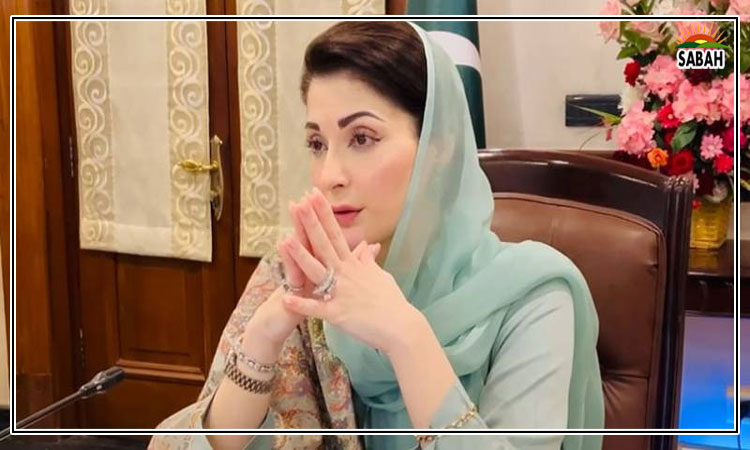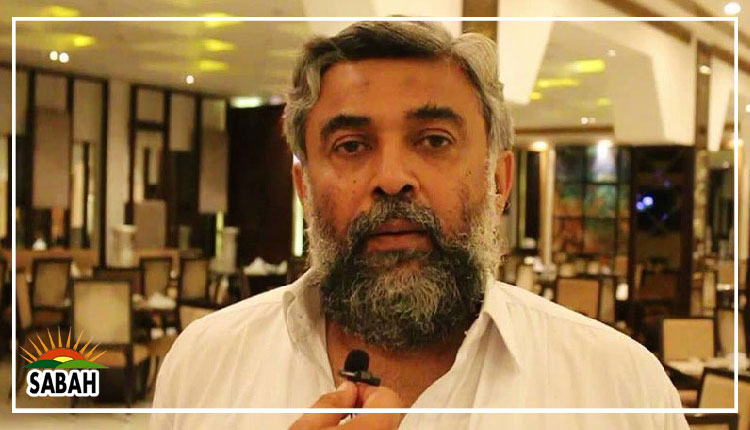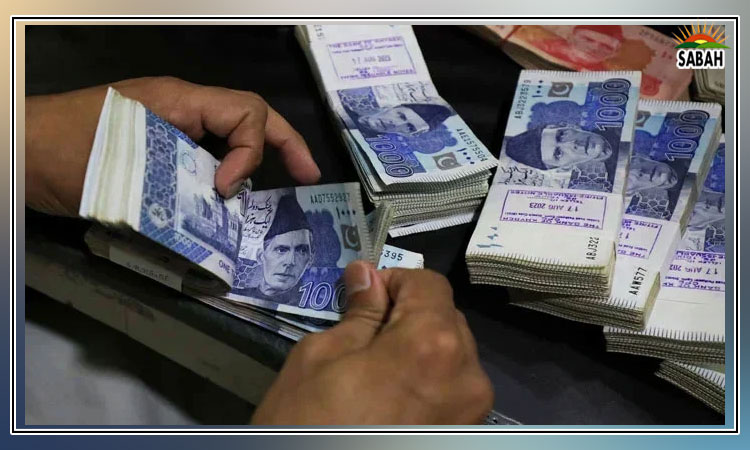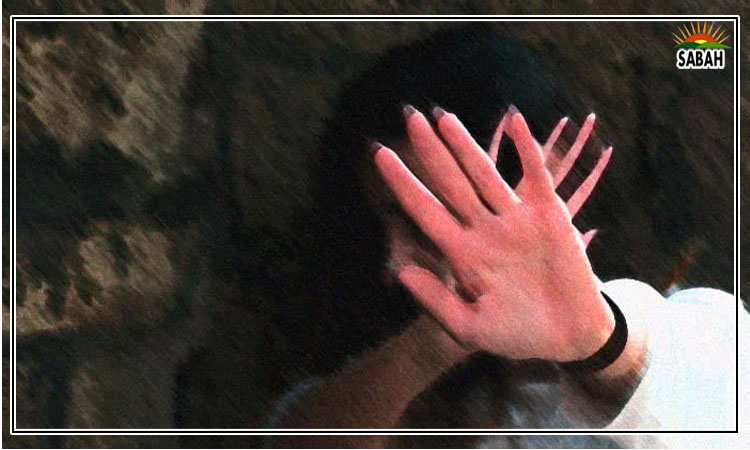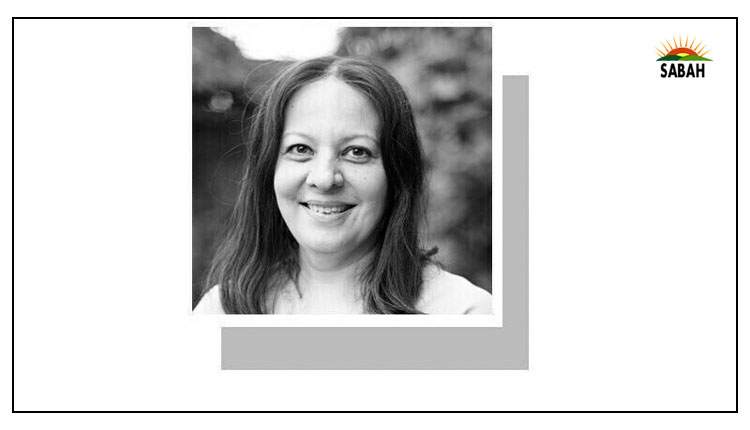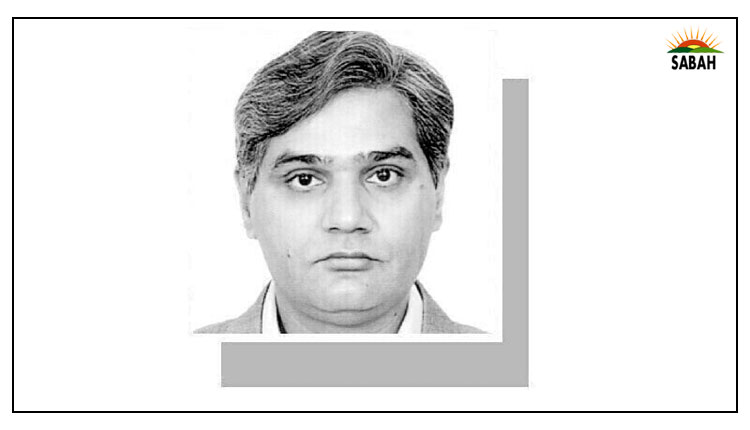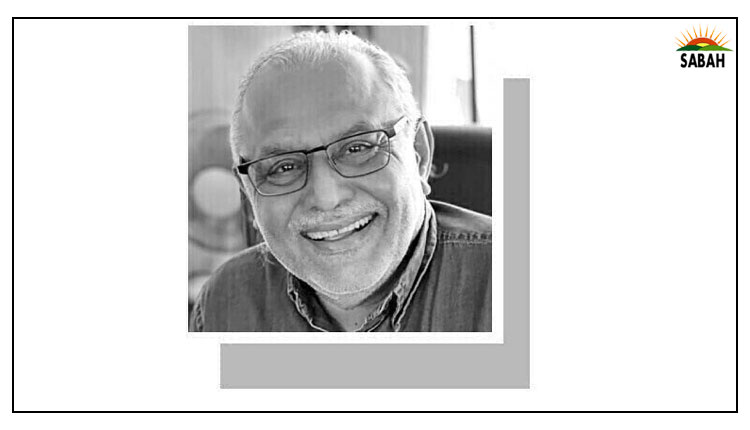Ease the pain…Muna Khan
IS there a more dismissive response to pain than hearing someone tell you its all in your head? As someone who has suffered chronic pain for at least a decade, I cant tell you how upsetting it is.
Ive often felt dismissed by doctors treating my pain from a limited perspective, ie looking at the painful part and not the whole body. A few healthcare professionals have told me how theyre seeing more patients with complaints similar to mine, especially since Covid, but cant explain why. I think its pretty clear that stress levels amplified during the pandemic havent receded.
Ive tried just about every pain relief method shared by friends and family from myofascial massages to acupuncture to physical therapy, osteopathy, cupping to hypnosis, even sound healing. I also tried psychedelic microdosing. Each provided various levels of temporary relief. I know stress aggravates pain but if any reader has a tip on how they manage stress that doesnt involve leaving the country or switching off the news, let me know.
So it was with some trepidation that I read Rachel Zoffness Pain Management Workbook after hearing her on a podcast. While her book does not provide magic cures, nor has it changed my life, it has shifted my attitude.
Her basic premise is that the causes of pain are a mix of biological, psychological and sociological factors. Treating lower back pain in isolation, for example, wont provide long-term relief; ones emotional health has to be taken into consideration. How a person views their own pain is of equal import. The section on pain dial imagining your pain as a volume button and how to control it, was particularly useful.
Any time your brain perceives or believes that your body is in danger, the pain dial is turned up, so pain volume is loud loud enough to grab your attention, change your behaviour, and get you out of harms way. However, if your brain determines that your body is safe, the dial is turned down so pain volume is lower, and warning signals are quieter, she writes.
When your body is stressed, it tenses and tightens and cerebral cortex and limbic system (which control thoughts and feelings) send signals to your pain dial, turning it way up, she adds. The same is true when your mood is low or you have negative thoughts or when your attention is focused on pain.
In the good news though, the opposite is also true. When your stress is low, you are happy, your mood is high, your brain determines little protection is needed, turning pain volume low.
Thoughts, beliefs, emotions, perceptions, coping behaviours, and context can adjust pain volume, she writes.
The trick then is to focus on keeping the pain volume low, and she suggests many activity-based things from being outdoors, to more socialising and reduced screen time. I can attest to how this has helped me tremendously in pain management but they are difficult goals, especially when everyone you know shares your anxiety about the uncertainty in the country.
Is it possible to turn the dial lower when you worry about a near economic collapse that awaits, the tensions in families for opposing political views, the lack of opportunities for the youth and so forth?
While Dr Zoffness does not have an answer specific to the pain Pakistanis are afflicted with neither, it seems, does the PDM government she says having a deeper understanding of the science behind pain, and coping behaviours, allows one a greater control of their pain. She explains cognitive behaviour therapy and how it has helped people improve their lives, reduce dependency on medication and lower their pain dials.
Perhaps the most useful part of the book is the tools she offers, like the school exercise book where you fill in the blanks to questions that will give you insight into your emotional state and help you recalibrate your relationship to pain. It may seem simplistic but putting things down on paper, like how you react to certain situations, can be very useful, even cathartic, maybe surprising. Seeing those words on paper helped me make lifestyle changes. I spend 10 minutes in direct sunlight upon waking to manage circadian rhythms in a bid to help improve sleep hygiene.
Pain is debilitating. It can lead to isolation and reduced activities; it can impact your work and all your relationships. I especially chose to write this piece given the situation in Pakistan, a nation in perpetual crisis mode, because the environment impacts mood and the body. Many may not understand how pain is the bodys warning system. Zoffness action focused book offers useful techniques and tips without sounding new age-y. More importantly, it offers hope that life without chronic pain is possible provided youre willing to do the work.
Courtesy Dawn


